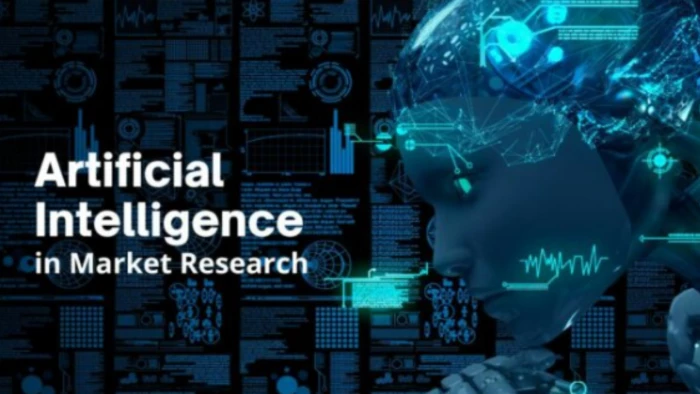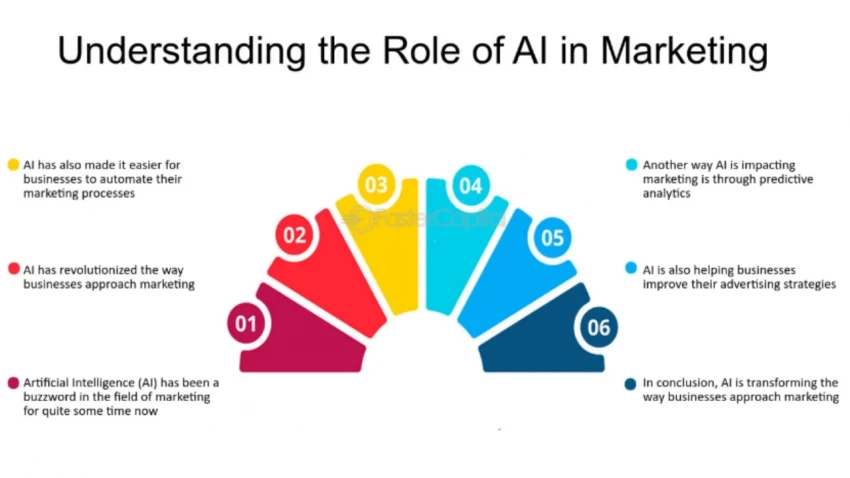

Market research has always been the backbone of business decision-making. From surveys to focus groups, brands rely on insights to understand what customers want. However, with artificial intelligence reshaping industries, a significant question arises: Can AI replace market research? Or is it simply transforming how we gather and use insights?
Before diving into AI, it’s worth asking: Why does market research still matter in 2025?
The global market research industry is projected to reach $108 billion by 2027. Companies spend heavily because understanding customer behavior reduces risk and boosts ROI. Without research, businesses guess, and guessing leads to wasted ad spend, failed product launches, and missed opportunities.
But traditional research is slow. Designing a survey, collecting responses, and analyzing results often takes weeks. In fast-moving industries like tech or fashion, that’s a lifetime. This is where AI steps in.
AI doesn’t just automate; it analyzes patterns at scale. Instead of 1,000 survey responses, AI can process millions of tweets, product reviews, or purchase histories in seconds.
Some key shifts include:
This speed and depth mean AI doesn’t just replace tasks; it unlocks insights humans might miss.

Here’s the real debate: Is AI a full replacement?
The short answer: Not yet.
AI is powerful at spotting patterns, but it lacks human context. For example, an AI might detect a surge in negative reviews for a new sneaker. But only human researchers can dig deeper to ask why. Are customers upset about the design, the price, or the cultural message?
AI provides the “what” and “how much.” Humans interpret the “why” and “what next.”
A Gartner study in 2024 predicted that by 2027, 80% of market research tasks could be automated with AI, but final decision-making will still require human judgment.
If you’re considering AI-driven research, here are the tools that stand out in 2025:
These tools don’t just collect data - they connect dots. They reveal hidden patterns, turning raw information into strategies you can act on.
The most effective companies use both. AI does the heavy lifting of processing billions of data points. Humans then interpret the findings, add nuance, and craft strategies that resonate with real people.
So, what’s next?
We’re moving toward continuous market research. Instead of quarterly studies, AI enables ongoing, always-on monitoring of consumer behavior. This means brands can adapt faster, test products in real time, and pivot strategies without waiting weeks for reports.
But we’ll also see a rise in ethical considerations. Who owns the data? How do we ensure bias doesn’t creep into AI models? Transparency will become as important as accuracy.
AI won’t replace market research; it will reshape it. Think of AI as the engine, and human researchers as the drivers. The future belongs to companies that can blend both: using AI for scale and humans for strategy.
If you’re a brand leader today, the question isn’t “Should I use AI for research?” It’s “How quickly can I integrate AI into my insights process?”
Because in 2025, speed isn’t just an advantage, it’s survival.
Be the first to post comment!